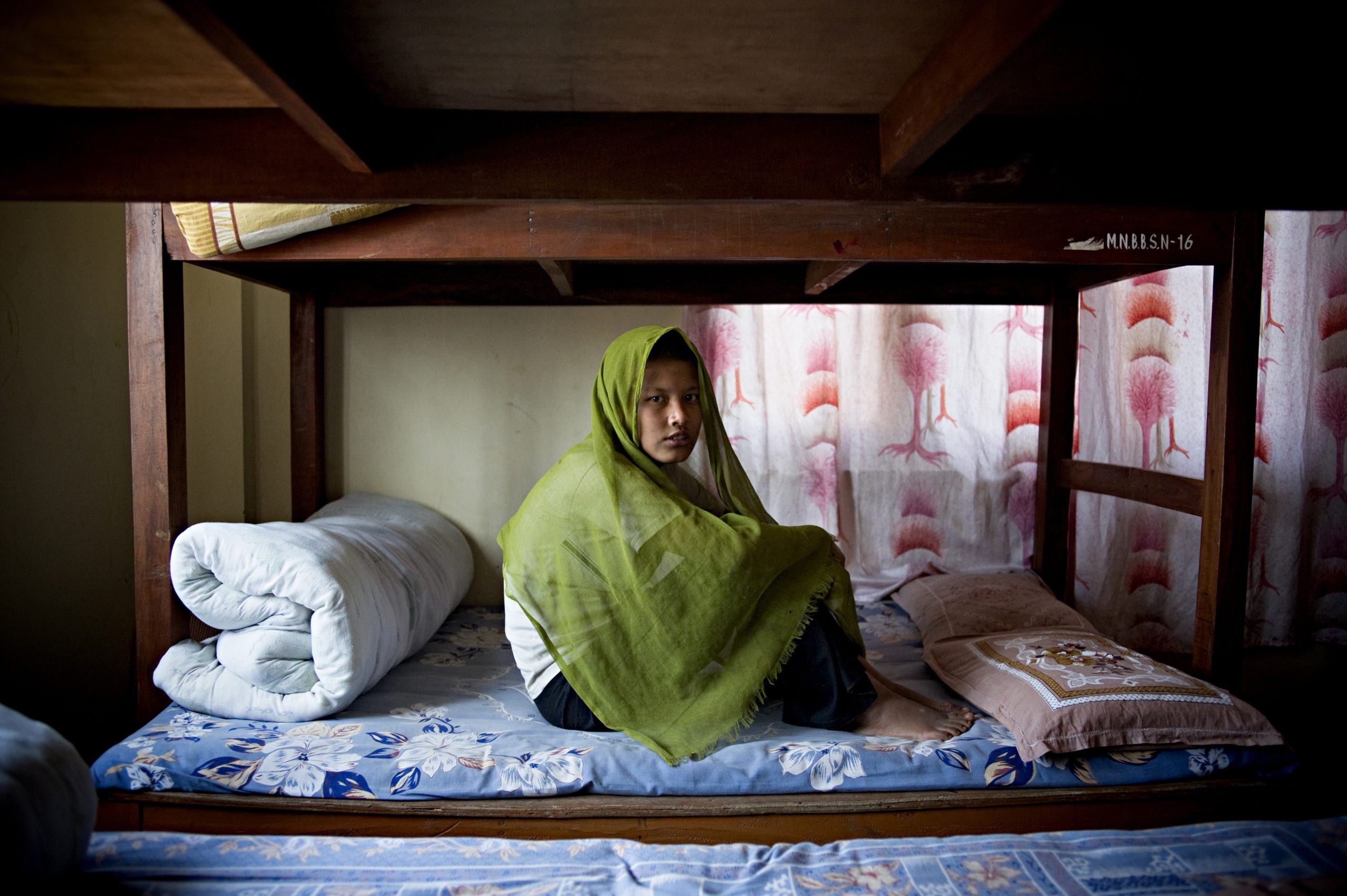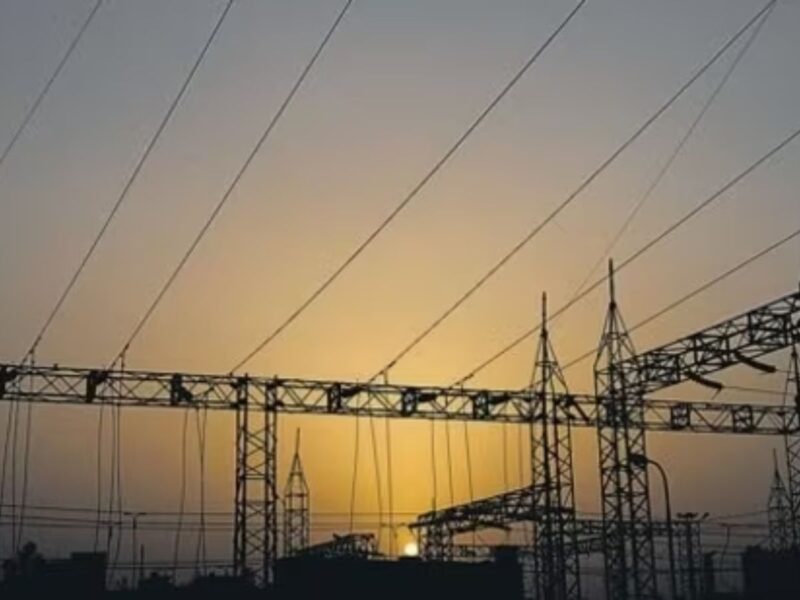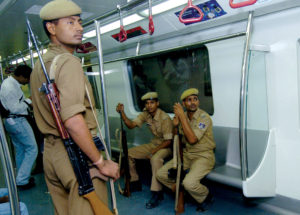With the promise of a better life and opportunities, young girls from Nepal are trafficked to India and coerced into prostitution. The recent case of 12 Nepalese girls, rescued from Delhi’s red light area, fleeing a Dwarka NGO facility throws light on this grave issue yet again
On the night of March 19, this year, 13 girls were rescued from Delhi’s red-light district GB road. Less than two months later on May 3, 12 of them, all from Nepal, attempted to flee the NGO facility, Critical Care Centre in Dwarka, where they were receiving counselling. Ten were successful as the “hue and cry notice” in dailies of the national capital sought to put an attention to.
The case of the 10 missing girls, which is now with the Anti Human Trafficking Unit (AHTU) in Delhi, works as a reminder of how often girls from Nepal are trafficked to India, through the porous borders it shares.
Five months after they left the NGO facility, on September 27, two of the girls were found in brothels of Pune, Maharashtra. Nirmala, a senior social worker with Catalyst India Charitable Trust, says she received a tip about their possible whereabouts and coordinated with the AHTU team in Delhi, led by ACP Surender Gulia, to jointly plan and rescue the girls.
The team, which included herself, an AHTU personnel — sub-inspector Veena Chadda, head constable Praveen and constable Sweety reached Pune. After a recce, they found and rescued the two girls from two different brothels in Shukrawar Peth. “This is how deep the trafficking nexus is,” Nirmala says, adding, “the girls are taken to different locations, making it difficult to trace them. But we continue our efforts to recover the other girls.”
In 2018, nine minor girls went missing from Sanskar Ashram in Dilshad Garden, out of which eight were from Nepal. This too, is still under investigation — with at least three girls located and rescued.
Running from rescue
Rescue operations take time. While there are people on the ground in red-light districts, to identify cases of trafficking and coercion, obtaining the required backing from law enforcement is a step-by-step effort. An NGO worker who has been instrumental in the investigation and rescue of at least 50 girls and women from sexual exploitation, including in the recent case, shares some details with us.
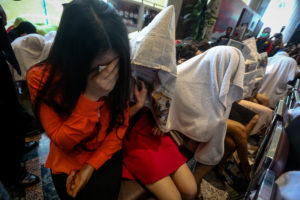
The rescue of the 13 girls was initiated after a minor girl working at the brothel was identified. The 15-year-old girl, from Karnataka, and the only Indian from the 13 rescued, had reached GB road just five days prior to March 19 — and was being made to serve approximately 20 to 25 customers in a day. The unfortunate series of events that led to her working here, was first being married off to a much older man in Karnataka, who then sold her off to a woman. The woman then brought her to Delhi’s red-light district; that woman was later found and arrested from Mumbai.
Days after being trafficked and sexually exploited, the minor girl was rescued in the mission which began around 10:30 pm that day in March. The person in charge of Critical Care Centre, in Delhi, which was involved in the identification and rescue, says the brothel tried to hide the girl. “We sent a decoy customer but still they knew we were coming and they hid the girl under a pile of clothes in a small crawl space of a room. If any NGO worker goes then the whistle will go off alerting everyone, they have all the information. It’s very difficult to be rescued from GB road”.
The girl was eventually found and removed from the area with twelve others. All were found with fake Aadhar cards, with home addresses listed of Rohini, Burari, and Chandni Chowk in Delhi. Bone ossification test, conducted after the rescue, puts the 12 girls’ age as majors. An official privy to the case, however, points out that with the girls having worked there from anywhere between 3-5 years meant they were trafficked as minors.
The employee of the NGO facility, to where the rescued girls were taken, spoke of the difficult task ahead: counselling and rehabilitation. This case, made tougher as Covid-19 cases peaked in Delhi in April – single day positivity rate reached 28,395 by April 20, according to Delhi government’s health bulletin.
With the city under a lockdown since April 19 the NGO facility could have minimal staff due to restriction of movement, and staff or their family members being infected with the virus.
Speaking at length on this case, on the condition of anonymity, the employee said the two months they had with the victims was not enough. “They had become used to a certain lifestyle. Promises had been made to them, like they would be paid some lakhs after some years. One must understand that these girls have been brainwashed for years. We get them for a few months, and are tasked with undoing it. We have to counsel them and make them understand things, and it takes time to build that trust,” she says.
The trafficked girls are also made to fear NGOs, as well as the police. “They are told that if an NGO takes you, you will never be let out. You will never see the outside world, get to meet anyone from the outside nor would anyone be allowed to see you.”
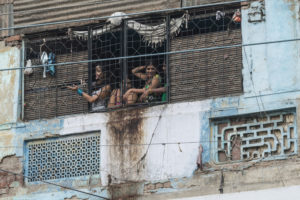
The official privy to the case notes that it’s still not clear whether someone from the outside had established a contact with the trafficked girls, helping them flee the NGO facility. In an indication of the deep nexus of traffickers and brothel owners, we were told that someone had done a recce of the facility, before the incident of May 3.
That night, around 1 am, the girls successfully removed an exhaust fan from a bathroom on the second floor, through which they made their way down tying bedsheets to make a rope. Two of them were not successful, with one who broke her leg and the other needing surgery for her back, after the fall paralysed her. The NGO took responsibility for the care and recovery of the two girls, and seeing to their repatriation to Nepal.
“There were only two staff members on duty, who are also being questioned. It was difficult to chase them because only one staff member could go after them. They ran to one of the empty plots that was overgrown with plants, then they stopped some cars and got away. We don’t know yet if that was planned.”
The NGO says it is working with authorities, and is equally involved with the process of tracing the girls.
For a better life in India
The trafficking of persons from Nepal to India does not happen in isolation. In fact, the Sashastra Seema Bal (SSB) which is manning India’s border link with Nepal, found in a study, conducted in 2018, that trafficking had increased a jaw dropping 500% since 2013.
It said girls were being trafficked to India and sold to brothel owners in Delhi, Kolkata, Mumbai, amongst others, for Rs 50,000.
But the latest NCRB data from 2020 shows only a fragment of the issue at hand. It finds a total of just 20 cases of human trafficking where the victims originated from Nepal. This accounted for seven men, all rescued in Delhi. A total of 13 females trafficked, were found from states like Bihar, Goa, Madhya Pradesh, and Uttarakhand with one case each, and Maharashtra with four and Manipur with five victims.
The data also revealed that nationality‐wise, a total of 4,612 Indians were trafficked, out of which 2,716 were women and 1,896 men. In Delhi, the total number of victims rescued who were Indian were 217, comprising 186 male and 31 female.
But at the same time, the NCRB data also shows the low conviction rate which is just 10.6 percent of human trafficking cases. In total, the country saw 1,714 reported cases of human trafficking, with data provided by the AHTU to States and union territories. Out of this, cases convicted by the court were just 49, with a total of 414 cases seeing an acquittal or discharge from the court.

So, while there are a low number of cases reported, the conviction rate too, is nothing to champion. PM Nair, a former IPS officer and an international human trafficking expert, says the reason behind the NCRB data showing a relatively low number of trafficked Nepal citizens, is because it only takes into account the AHTU reported cases.
The data has “very cautiously noted that it is only those cases which have come to the anti-human trafficking units.” Going on to explain, he says “Let’s say a local police station in Delhi gets a case, it can register an FIR. It investigates it (a trafficking case) and does not require it to be shifted to the AHTU, and there’s no law which says it has to go to the AHTU.”
Only in the case of missing minors, who cannot be traced within a period of four months, the investigation of the case needs to be transferred to the AHTU, according to the ‘Standard operating procedure for cases of missing children’.
In fact, from just April 1 to September 21 this year, a total of 1,218 children were rescued by Bachpan Bachao Andolan. The highest number of rescues happened in Telangana with 174 minors rescued, followed by Uttar Pradesh with 155 minors and Rajasthan at 133. BBA also informed us that on July 12, they conducted a rescue along with other agencies from Raksol Railway Station in Bihar. They were able to rescue two children who were trafficked from Nepal to work in Bihar.
Nair, who has in the past been the anti-human trafficking project coordinator at the United Nations Office on Drugs and Crime, says the vulnerability of those from Nepal is especially high after the disaster of 2015.
That year, Nepal witnessed a catastrophic earthquake which killed 8,790 people, injured 22,300 people, and destroyed 498,852 homes, according to the Nepal Reconstruction Authority. This left those who were poor more vulnerable to being exploited.
“The level of unemployment is high and the lack of job availability is high and so the possibility of their migration is high and it’s happening as well. So, while people are migrating, even the traffickers are very active. Wherever migrants are there are the traffickers who will lure and deceive the migrants.”
Nepal’s last projected unemployment rate, according to the World Bank, was 4.44 in 2020. While low, it is better than 2019’s figures which shows the rate at 2.85, as it steadily declined from 2015, which then had a projected unemployment rate of 3.1, still lower than the current count.
With a high unemployment rate, and people looking for opportunities, getting lured by traffickers becomes an easy task as is seen even in India, and cases of bonded labour in the country.
Nair points to the state of Jharkhand, out of which many girls are trafficked for domestic labour and sexual exploitation, “Like in the case of Jharkhand girls who want to come for a job, the traffickers lure them. Similarly, traffickers in Nepal are also active. But the SSB too, is very active now and so the traditional routes can be contained. There are 50 mapped routes (of traffickers) and while these routes are looked at by the SSB, traffickers will find newer routes (for entry to India).”
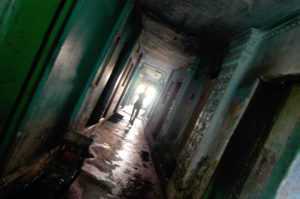
A research study titled ‘Stealing from the Poor: A Challenge to Eradicating Poverty among the Indigenous Peoples of the Himalayas’ gives another angle to the high migration and its victims. It points out that the majority of the victims of the earthquake which affected hundreds of thousands were Tamangs, “an indigenous people of the Himalayas and almost all of the devastated areas were their ancestral land—Tamsaling”.
The study published in 2018 said that despite over two years having passed since the earthquake, the Nepal government had not built homes for the 95% of the earthquake victims. It went on to say, “The government has instead obstructed rebuilding efforts and stolen the funds the international communities had donated for the victims.”
From the two authors of the study, Gyanesh Lama (Washington University) and Suresh Tamang (Nick Simons Institute), Lama had in 2012 in his research cited that the Tamang people were not only the “poorest of the poor”, but that the “Tamang women were over 300% more likely to be poor than Brahmin women”.
The in-charge at the NGO, of this year’s case of the missing girls indicates a similar occurrence. She said that during their home verification (in Nepal) of the girls, after the rescue, they found, all were extremely poor, living in thatched homes. She also pointed out that most of the women rescued in this case, and previously, belonged to the Tamang tribe.
Young girls and women are either promised a better life, or better opportunities, or are coerced and sent against their will, sometimes by family members themselves. With even the NCRB data not giving a clear picture of human trafficking numbers, it cuts short the understanding of just how deep rooted and widespread the crime is.
(Cover: Representational // Credit: Getty Images)

